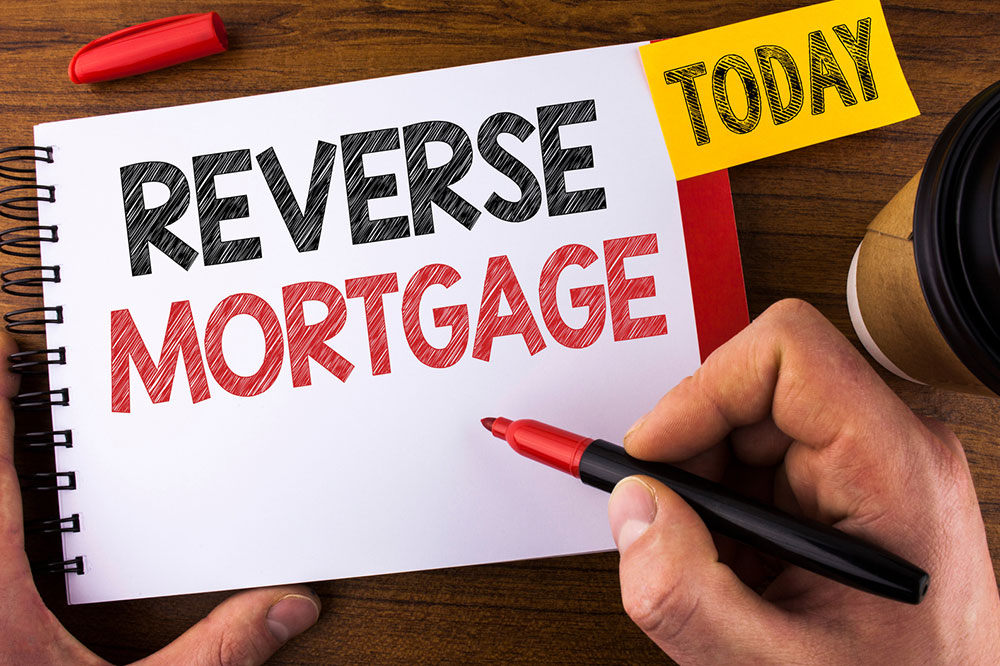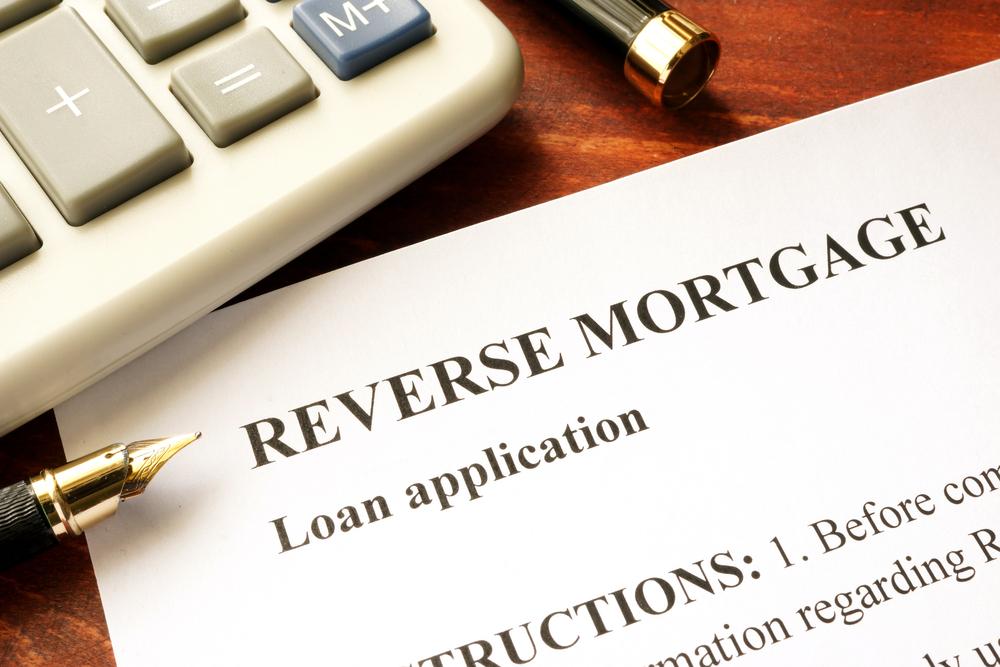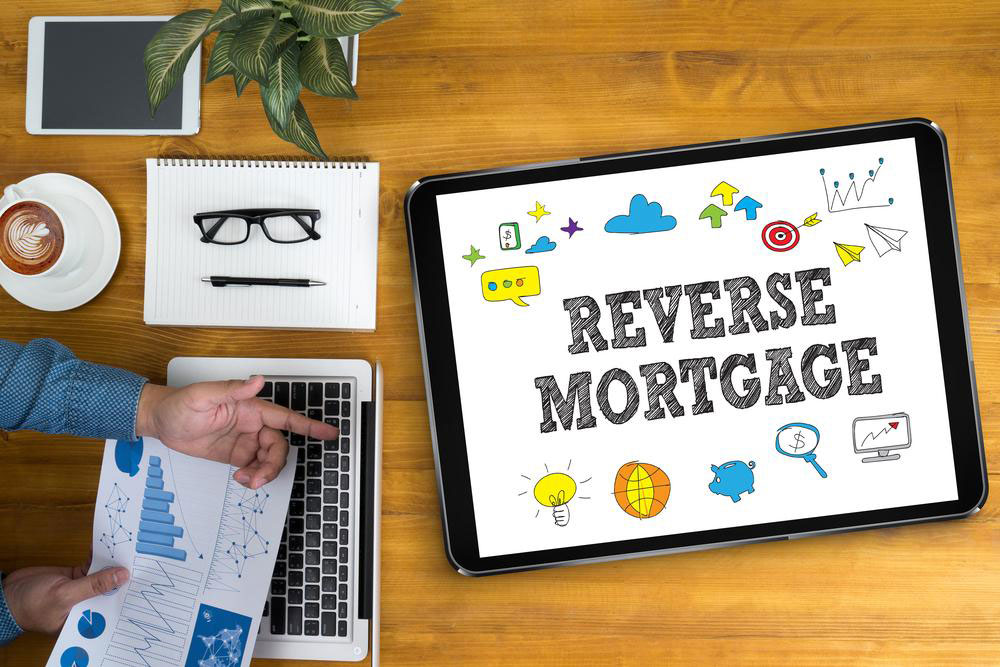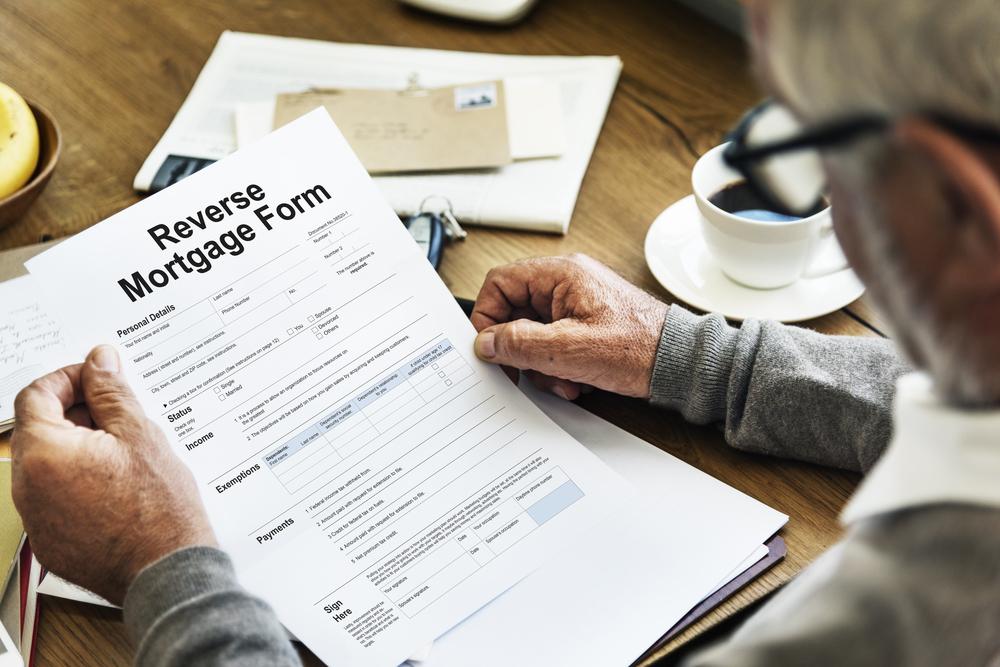Comprehensive Guide to Reverse Mortgages: Benefits, Risks, and Key Insights
This comprehensive guide explains the benefits and risks of reverse mortgages, helping homeowners understand how they can convert home equity into usable funds. It covers flexible payment options, ownership rights, tax advantages, as well as potential drawbacks like costs, interest accrual, and foreclosure risks. Essential for seniors considering this financial tool, the article provides insights to aid informed decision-making for secure retirement planning.

A reverse mortgage is a financial product that allows homeowners, typically seniors, to convert part of their home equity into accessible cash without the need to sell their property or relocate. This loan type has gained popularity among retirees seeking additional income sources, but it also comes with specific considerations that every homeowner should understand thoroughly. In this detailed guide, we will explore the numerous benefits that make reverse mortgages an attractive option, alongside the potential drawbacks and risks associated with them. Our goal is to provide homeowners with comprehensive information to make well-informed decisions about whether a reverse mortgage suits their financial needs and long-term plans.
Advantages of Reverse Mortgages
Flexible Payment Options
One of the most appreciated features of reverse mortgages is the flexibility in how funds can be received. Borrowers can opt for various disbursal methods including a lump sum payment, monthly installments, a line of credit, or a combination of these options. This flexibility enables homeowners to tailor their financial strategy according to their specific needs, whether it’s covering medical expenses, home renovations, or supplementing retirement income.
Retaining Homeownership and Residency
Unlike selling the property, reverse mortgages allow the owner to retain full ownership of their home. They can continue living in their house without interruption. This aspect provides peace of mind, especially for seniors who wish to maintain their independence and stay anchored in familiar surroundings.
Tax Advantages
Funds received through a reverse mortgage are not considered taxable income. This is because they are viewed as loan proceeds rather than income, meaning homeowners do not face additional tax burdens. This feature makes reverse mortgages an attractive option for retirees looking to supplement their income without increasing their tax liabilities.
Enhanced Financial Security During Retirement
Retirement can sometimes bring financial uncertainty, especially with fluctuating markets or unexpected expenses. A reverse mortgage provides a valuable source of cash flow, allowing seniors to access their home equity in order to meet healthcare costs, long-term care, or simply to enjoy a more comfortable retirement lifestyle. It transforms the accumulated home equity into usable funds without the need for selling or downsizing.
Potential Drawbacks and Risks of Reverse Mortgages
Property Occupancy Must Be Maintained
To qualify and keep the loan in good standing, borrowers are required to occupy their property constantly. Lenders typically verify occupancy periodically. If the home becomes unoccupied for an extended period, or if the owner moves out permanently, the loan may become due, leading to potential complications.
Foreclosure Risks
While reverse mortgages are generally safe, failure to fulfill certain obligations can lead to foreclosure. Important responsibilities include paying property taxes, homeowners' association (HOA) fees, and homeowners insurance premiums. Missing these payments can trigger the lender to initiate foreclosure proceedings, risking the loss of the home.
High Costs and Fees
Initiating a reverse mortgage involves multiple costs, including mortgage insurance premiums, origination fees, closing costs, and ongoing servicing fees. These expenses can significantly reduce the amount of cash available to the homeowner, and it’s essential to understand all associated costs upfront.
Accumulation of Interest and Increasing Debt
Since homeowners do not make regular payments towards the loan, interest continually accrues over time. This interest is added to the total loan balance, which can grow substantially, potentially decreasing the home's equity and the estate’s value if the property is sold to settle the debt. Homeowners should carefully consider the long-term implications of interest buildup.
In conclusion, reverse mortgages can be a powerful tool for retirees or homeowners seeking financial relief, providing liquidity while allowing them to stay in their homes. However, they also carry inherent risks and costs that require careful consideration. Consulting with financial advisors, understanding loan terms thoroughly, and evaluating personal financial situations are crucial steps before proceeding with a reverse mortgage. By weighing the benefits against the possible drawbacks, homeowners can make strategic decisions that align with their retirement plans and financial goals.





